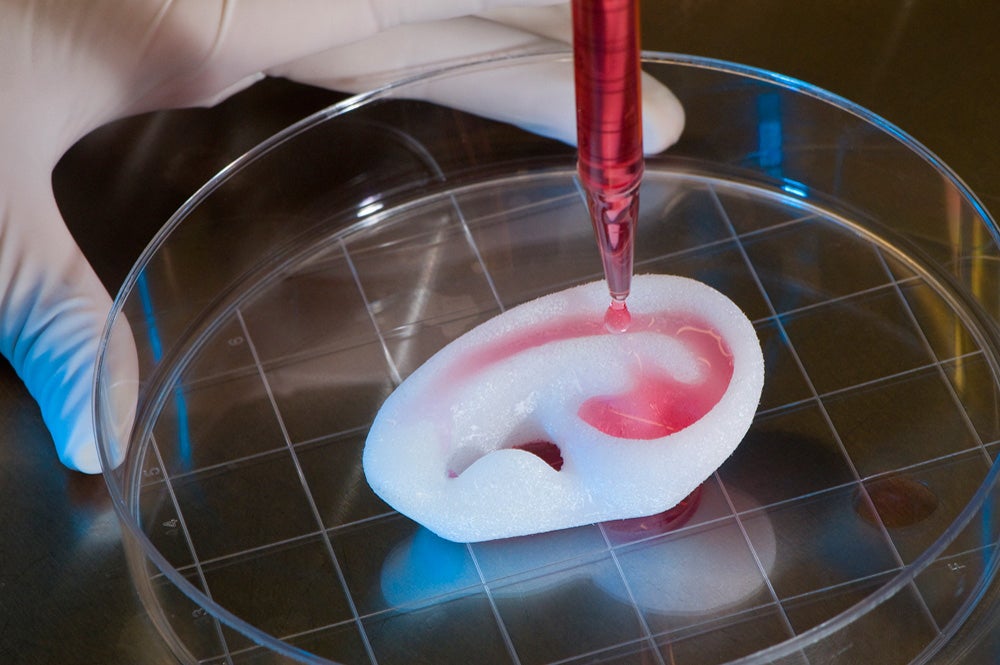 Using regenerative medicine to repair a damaged organ or tissue can be a very effective option to healing. The process involves collecting cells and delivering them to the site of injury or damage. The cells then regenerate and repair the damaged tissue. This can lead to a minimally invasive healing process that does not require general anesthesia. There is also potential to use stem cells for treating genetic disorders. Interested readers can find more information about them at QC Kinetix (Chanhassen)
Using regenerative medicine to repair a damaged organ or tissue can be a very effective option to healing. The process involves collecting cells and delivering them to the site of injury or damage. The cells then regenerate and repair the damaged tissue. This can lead to a minimally invasive healing process that does not require general anesthesia. There is also potential to use stem cells for treating genetic disorders. Interested readers can find more information about them at QC Kinetix (Chanhassen)
Regenerative medicine is a fairly new field of multidisciplinary research that studies the development, repair, and regeneration of human cells and tissues. Using this approach, scientists aim to cure disease by understanding the underlying mechanisms that cause disease and discovering treatments. These therapies can be used to treat chronic conditions, acute insults, and even genetic disorders. The goal is to return patients to full health and functionality.
Regenerative medicine includes a number of fields including tissue engineering, biomechanical prosthetics, and cell-based therapy. Using these methods, scientists are developing therapies to promote regeneration and accelerate the body’s natural healing process. These therapies can be used to treat a variety of conditions, including cancer, Alzheimer’s disease, and Parkinson’s disease. They can also help support failing organs and tissues.
Stem cells are the cells used in regenerative medicine. These cells are derived from the patient’s own bone marrow or fat. Stem cells can be directed to the site of injury or inflammation and then begin repairing the damaged tissue. In some cases, they can even replace organs or tissues. In other cases, they are used to treat congenital defects. For example, a hole in the heart is an example of a congenital defect that can be treated by regenerative medicine.
The use of stem cells has the potential to be a revolutionary way to treat a wide variety of diseases. The ability to heal damaged tissues could one day lead to treatments for type 1 diabetes, Parkinson’s disease, and many other diseases.
While regenerative medicine can be a very effective method for treating chronic conditions, it has some downsides. Using regenerative medicine requires a lot of research and clinical trials. It also comes with the risk of severe immune complications. Because the donor supply for organs and tissues is limited, patients can experience serious side effects from immunosuppression. In addition, the regenerative medicine industry is still in its infancy, and some devices companies have already begun collaborations with regen start-ups.
The regenerative medicine industry is expected to embrace various technologies in the future. For example, scientists are already experimenting with gene transfection, which enhances the properties of cells in tightly controlled processes.
Scientists are also learning how to concentrate the secreted factors at the site of tissue damage. Stem cells can be collected from the patient’s blood or fat and injected into the body. They then start repairing the damaged tissue and returning the organ or tissue to normal function. In addition, scientists are also learning how to use minimally invasive methods to stimulate the body’s own natural healing processes.
Business NAP
QC Kinetix (Chanhassen)
7770 Dell Rd, Suite 130 Chanhassen,
MN 55317 (612) 254-7123